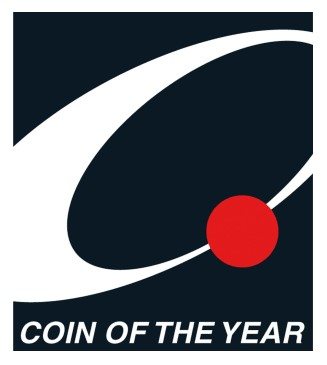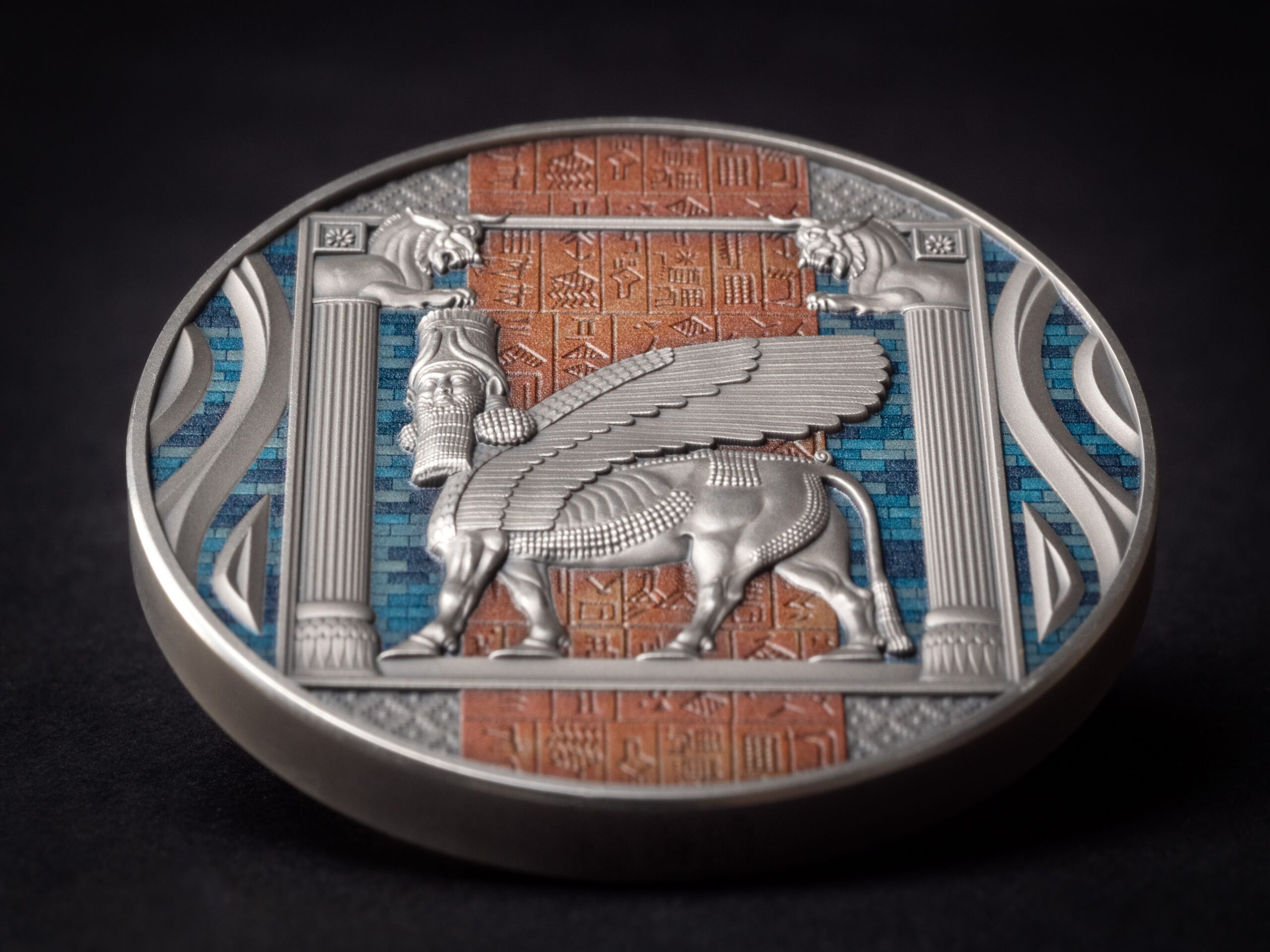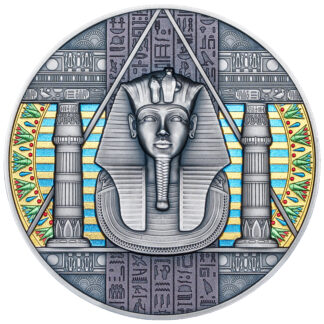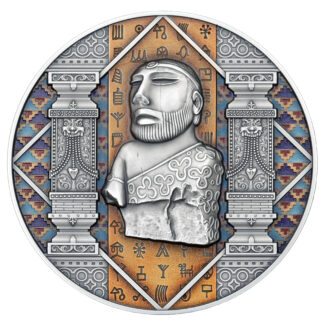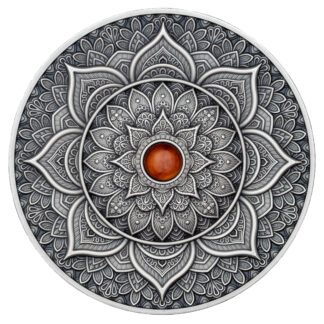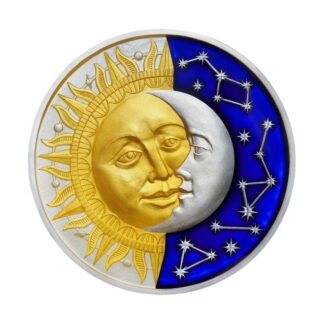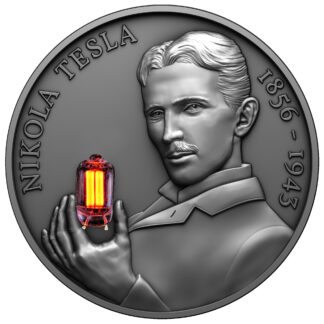Description
7 Groundbreaking Ancient Civilizations that influence us today
Around 12,000 years ago, humans hunkered down. Though they had previously traversed the planet to forage for food, people made the decision to devote themselves to agriculture and spent their days planting seeds, picking produce and amassing the world’s first food surpluses.
Ultimately, the security provided by abundant food allowed portions of the human population to concentrate on converting small, agrarian settlements into vibrant cities. They could construct towering temples and palaces and throw themselves into the burgeoning endeavors of art, philosophy and politics.
Here are seven ancient societies that have gained a reputation for their ingenuity and innovation. (The exact timelines for these civilizations are approximate and subject to academic debate.)
Sumerian Civilization (4500 B.C. to 1900 B.C.)
Ancient Sumer, an area in Mesopotamia above the shared floodplains of the Tigris and Euphrates rivers, is famous for fostering the first civilizations in human history. Around 10000 B.C., Mesopotamia’s “Fertile Crescent” allowed ancient populations to settle and support themselves with farming. By about 4500 B.C., these communities (who we currently call the Sumerians), could cultivate crops in such excess that they could forge the world’s first cities without feeling peckish.
Sumerian cities such as Eridu, Uruk and Ur contained tall temple and palace complexes. The ancient Sumerians are also credited with creating the written word: As many as 5,000 years ago, they scratched clay tablets with a writing system called cuneiform. This system allowed them to track the movement of grain throughout their territory, share stories and myths, and spread advice on agriculture and cooking, among other purposes. These innovations secured Mesopotamia’s modern title: the “Cradle of Civilization.” The Sumerians also pioneered mathematics, astronomy and astrology, invented irrigation, started the first schools, codified the first codes of law and fashioned our current conceptions of time by dividing the day into hours, minutes and seconds.


